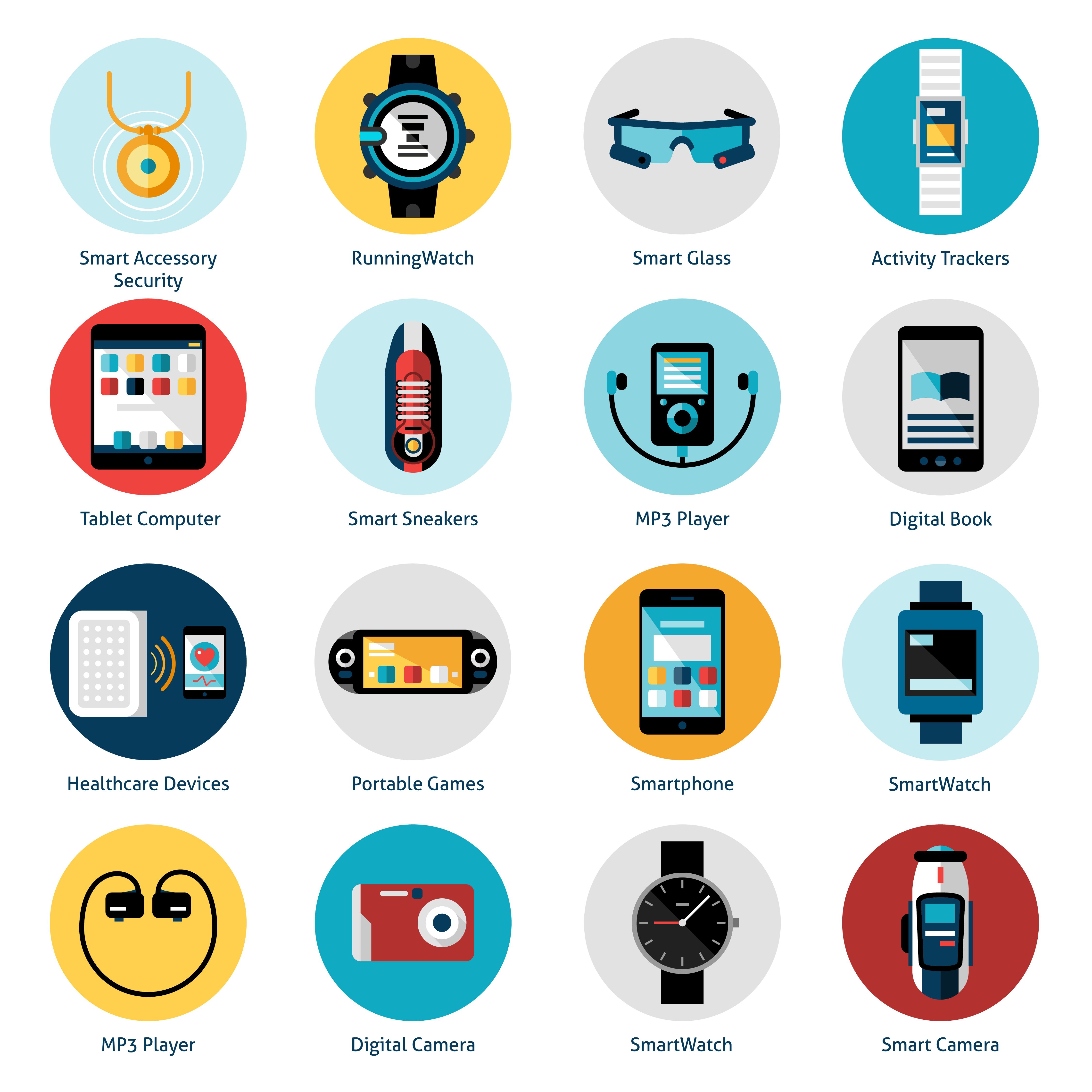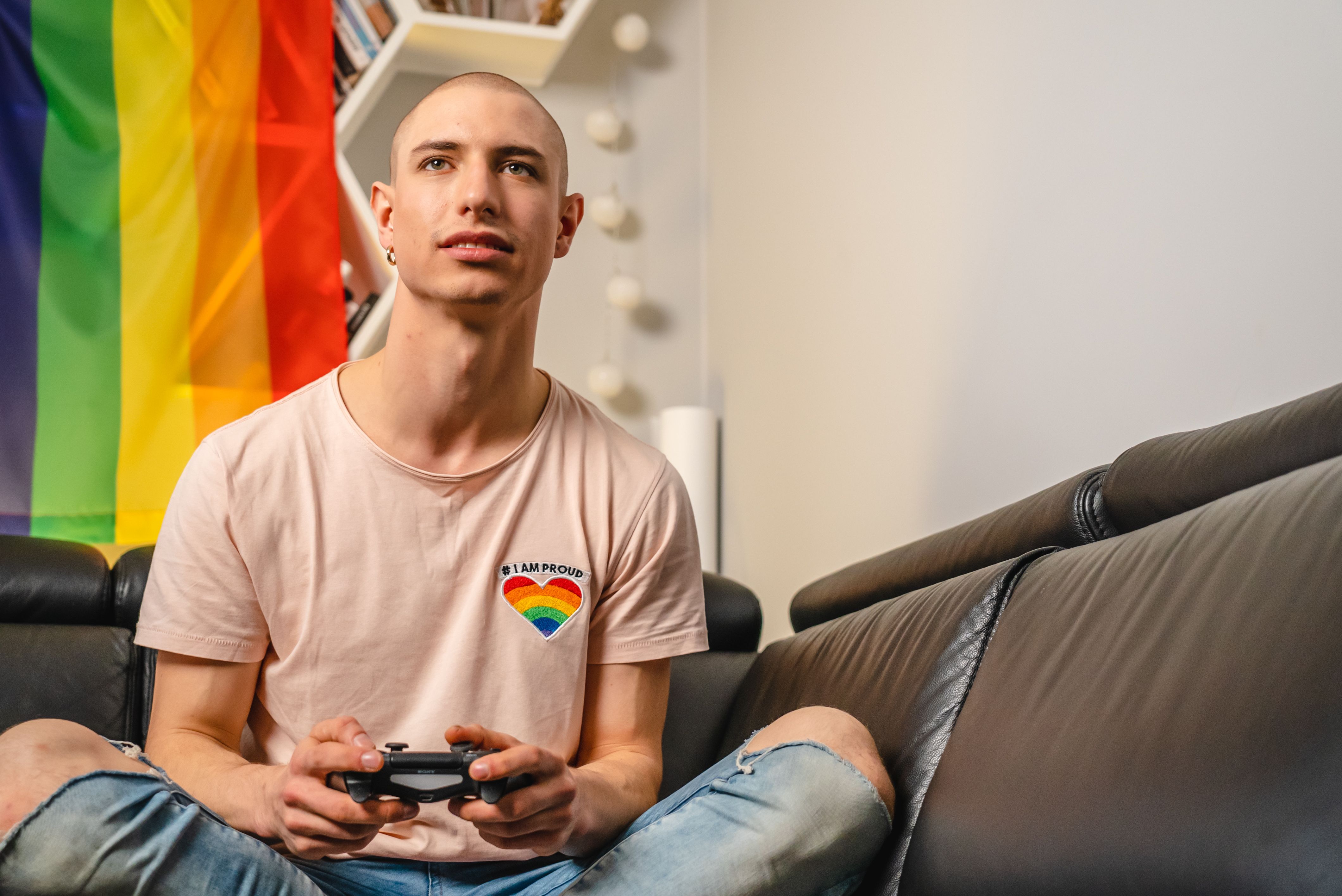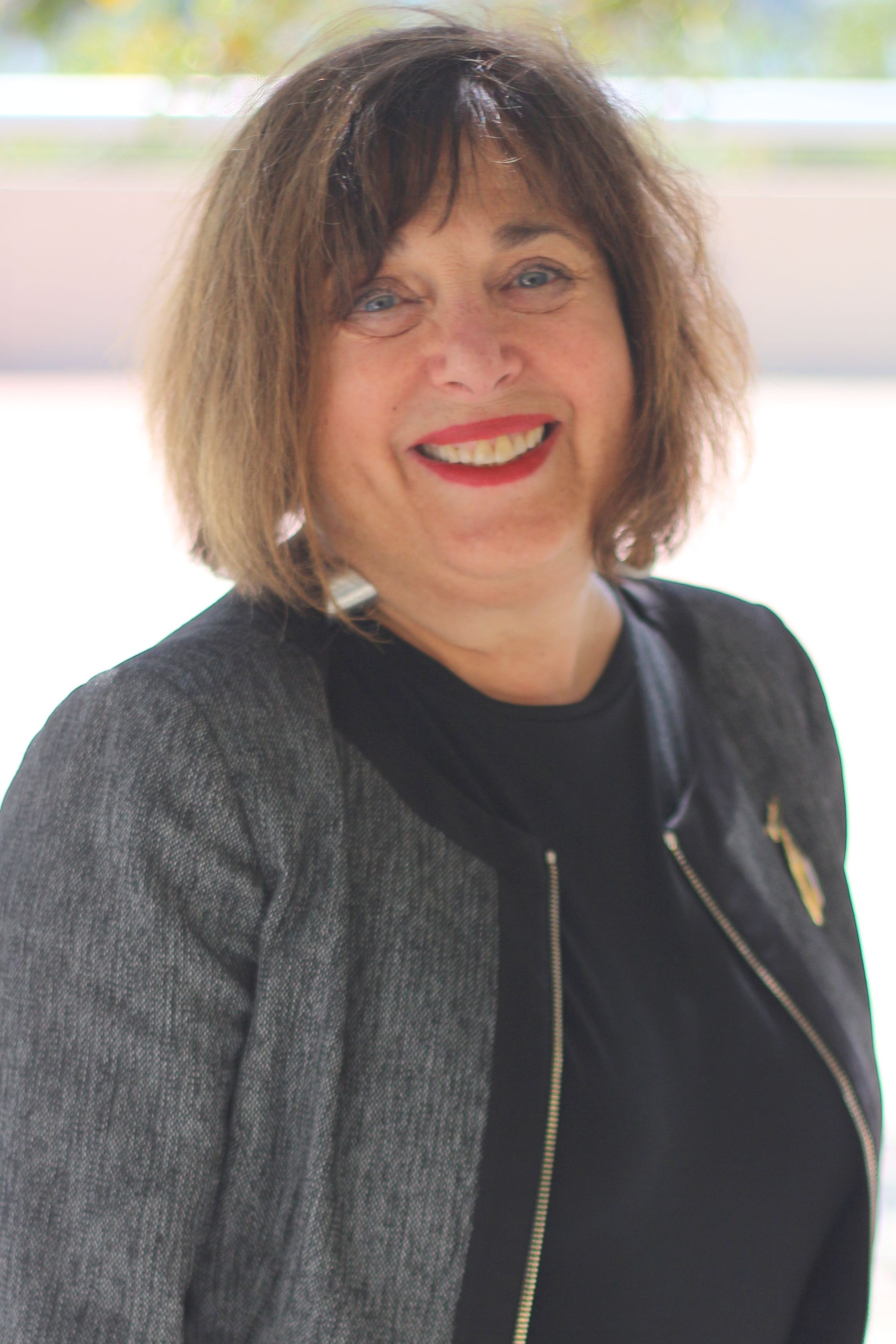Publication
Article
Psychiatric Times
Embracing Technology: Do It for Your Patients!
Author(s):
"Adopting technology for myself is one thing. It’s something completely different when technology is available for my patients and I’m not using it."
©Macrovector/ Shutterstock

Technology can be a wild card-and that scares a lot of people. I have a friend who still has nightmares about killer robots after seeing The Matrix well over a decade ago. Some of my neighbors refuse to use snowblowers, even though picking up a shovel in a New England winter is generally against medical advice. Plenty of my colleagues have declined to upgrade to a smartphone in spite of the many advantages and time-savers they provide modern humanoids.
I don’t consider myself to be a particularly “early adapter” when it comes to technology. In fact, I’m the guy who didn’t have a microwave oven or cable television in his house until the age of 17. Technology doesn’t woo me in the same way that it grabs other people beyond the fact that I prefer going hiking to going downtown. I also prefer barbecuing the old-fashioned way with a charcoal grill instead of a fancy-schmancy gas-powered one. This is why it’s somewhat bizarre that I’m here writing an article about the benefits of using modern technology in one’s psychiatric practice.
But adopting technology for myself is one thing. It’s something completely different when technology is available for my patients and I’m not using it. So a year ago, when the third patient of the day asked me, “What smartphone app do you recommend for me to stay involved in treatment?” I decided to start using more technology in my practice. Not because I suddenly felt like leaving the “Golden Age” of handwritten notes and a pocket-sized calendar for scheduling appointments, but because my patients needed me to become a bit more futuristic. I had survived learning how to use electronic medical records, and I figured I could dive a bit deeper.
Big systems of care-including the Veterans Administration and others-have spent big bucks researching the effects of clinical tools like daily mood trackers and electronic medication reminders. The results have been predictable: patients are comfortable using technology, and regular reminders help them remain engaged in treatment. In my private practice, I have seen that using smartphone technology with Health Insurance Portability and Accountability Act (HIPAA)-compliant electronic medication reminders has increased medication compliance for my patients. Why should I be surprised? Of course a message every morning at 8 am telling Jimmy to take his Abilify helps Jimmy remember to take his Abilify! Why should I be surprised that Nancy is more likely to stay sober with regular treatment reminders? She gets a message every evening at 7 pm encouraging her to stay sober, to attend her nightly AA meeting, and to keep her children in mind . . . and she loves it! (I’ve also found it wasn’t too difficult to integrate this technology into my practice after overcoming the initial anxiety associated with using any kind of new stuff.)
Adopting technology for myself is one thing. It’s something completely different when technology is available for my patients and I’m not using it.
And then I did something really out of the blue and started incorporating telepsychiatry into my daily practice. Not because I wouldn’t rather see my patients in person and not because I needed the extra money for covering a crisis center in North Dakota . . . I swear. I started using telepsychiatry because one size doesn’t really fit all. Many patients have difficulty in getting to regular office appointments as a result of various time and travel constraints. Others have odd schedules because of their professional and social obligations that require sessions outside of my regular office slots. Of course, I use a HIPAA-compliant platform and provide the same ethical and professional standards of care, but now I’m able to practice from home and to increase my availability for both established and future patients. And, as opposed to my colleagues who engage in phone and Skype sessions, my work habits are safe and secure.
In spite of having adopted these new-fangled technologies into my practice, I still have my trusty armchair and an old couch in my office. These pieces of furniture aren’t headed for an upgrade anytime soon. But while I never would have bet my student loans on using any of this new technology stuff, “The Times They Are a-Changin’,” and it’s been a pleasant improvement to my practice. So for my neighbors on the block, I’m still the same old guy who flips his burgers on a charcoal grill. But for my patients, I’m glad they know me as a psychiatrist who’s willing to utilize new technologies on their behalf.
Disclosures:
Dr. Freedman is a board-certified psychiatrist who practices in Boston, MA, and an Assistant Professor of Psychiatry at Tufts University School of Medicine. In addition to his practice as a clinical psychiatrist, Dr. Freedman serves as Chief Medical Officer at Mentegram and as Associate Medical Director of the telepsychiatry practice, My Psychiatric Partner. He reports no conflicts of interest concerning the subject matter of this article.
Dr. Freedman can be most easily reached at JacobLFreedman@gmail.com.






